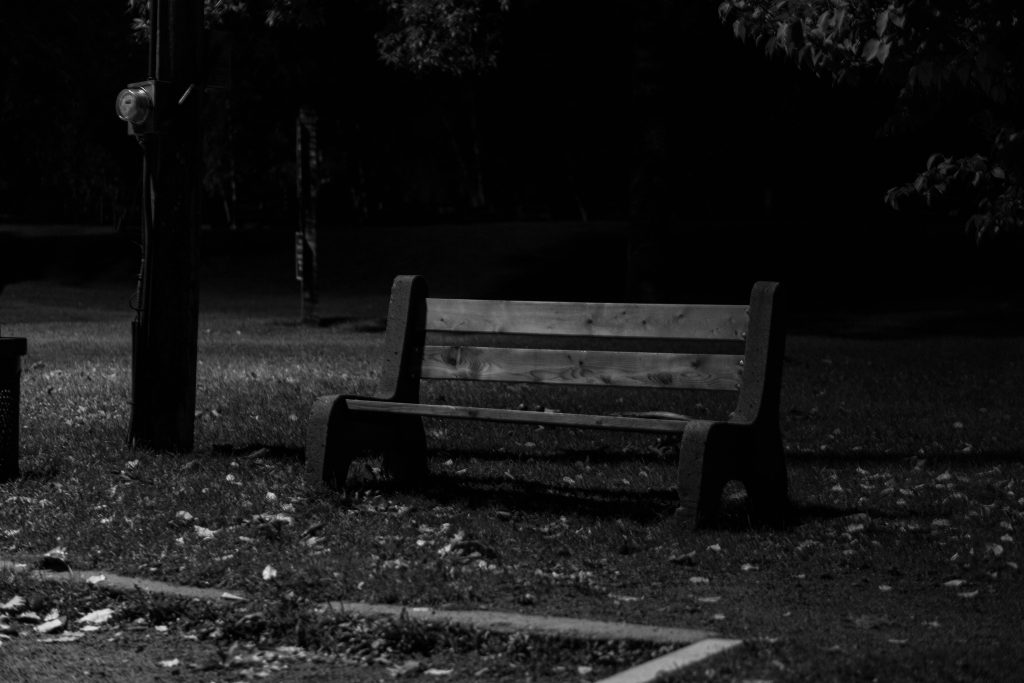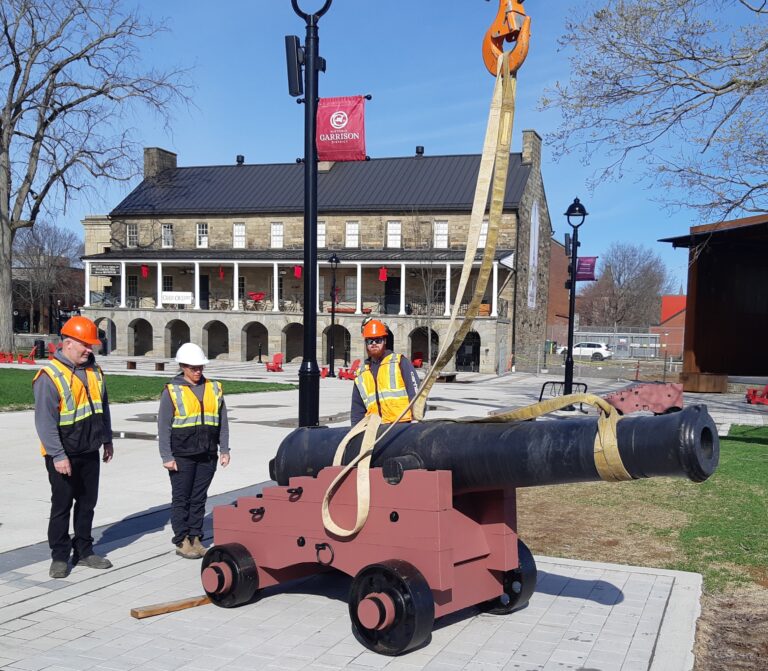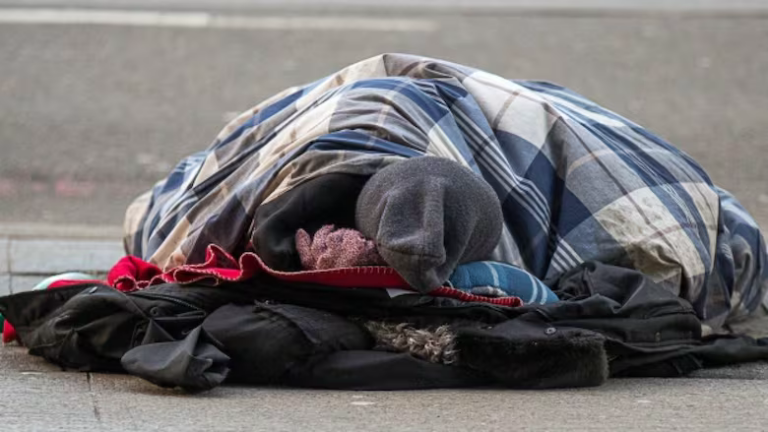Standing in the King’s Place mall, next to the Head Hunter’s sign, I looked for someone who fit the description of grey-haired and homeless.
Last February, I was working on a story about the homeless community. I made it my goal to spend 40 hours or more with someone who is homeless. I wanted to learn about their life and what brought them to where they are today.
My uncle, Murray Weeks, a social worker, recommended me to a woman named Sandy Robb. He described her as a kind, vibrant woman who, despite being faced with a great amount of turmoil in her life, was always in a positive mood.
As much as this description warmed my heart, it didn’t help when going to meet her for the first time.
As I stood in the King’s Place mall, I realized I had no idea what a homeless person looked like. Or, when being faced with this challenge for the first time, I was also being faced with the biases I held against them.
I hope she’s wearing a winter coat, I thought to myself.
I asked several grey-haired individuals if their name was Sandy. I asked a woman wearing a wool coat, a woman with a dirty backpack that had different extensions attached to it and a man who had a bob.
I had been waiting for 30 minutes when I noticed a woman sitting in the food court, smiling at me.
My first thought was, Her hair has more of a yellowish colour. My second was, She’s wearing a winter coat, thank god.
Sandy introduced herself as a 60-year-old woman who was a cook for 30 years. She was diagnosed with Crohn’s disease and colitis, forcing her to get a colonoscopy. It got infected, requiring another surgery, the result of which was a punctured lung. A few years later, Sandy was diagnosed with lung cancer.
Originally from Saint John, Sandy had to leave the Port City’s poorer air quality and move to Fredericton because of her lungs. Moving away from family and friends and unable to work, she became homeless.
“What was it like being homeless?” I asked.
Sandy recalled living at the women’s shelter in Fredericton. She said she would be walking down King Street and would see men and woman sleeping under benches. She had to fit all of her belongings into one backpack.
Sandy’s life is different now; she lives in a seniors’ home and is supported by welfare for her monthly income. She works alongside my uncle and several other volunteers to offer an outreach program for the homeless in Fredericton. Sandy helps create brochures and plan weekly events to offer food and clothing to those who need it most.
I asked Sandy when I could see her again, hoping I didn’t sound too eager. I was intrigued by this woman. I was intrigued by this community and this way of life that was so foreign to me: a naive girl who didn’t realize she was sitting on a throne of privilege.
Sandy invited me to stop by the Cathedral Memorial Hall any Monday I chose for their weekly breakfast event.
A week later, I walked toward a big beige building with a silver cross on the front. I was so nervous. What gave me the right to intrude on these peoples’ Monday morning? Is it rude to eat the food? I wondered.
I opened the doors to see about 20 people socializing in an open room. My uncle was chatting with a man wearing a raggedy black leather jacket, with a coffee in one hand and a triangle-shaped sandwich in the other.
Sandy gave me a hug and thanked me for coming. She looked over at my uncle and giggled at him. Later, my uncle told me of a Monday morning where they offered an assortment of cheeses. When he reached for a slice, Sandy yelled, “Cheese is for the poor!”
I didn’t just attend that one Monday breakfast and the next one I attended fell on voucher week where, at the end of every month, the church provides gift cards to those who need them.
Sandy stood calling out ticket numbers. You would never know she has a punctured lung and lung cancer, I thought, before insisting I take over. She rolled her eyes, but handed the role over to me. When I began yelling out ticket numbers, she said, “Clearly you’re not from the country, darling. Where I’m from you can hear your momma hollering from 10 miles away.”
I stayed after to help clean up. Sandy and I were in charge of folding and putting the tables away. I, not so sneakily, lifted from the middle of the table to take on more of the weight. She said, “I know what you’re doing,” rolled her eyes and laughed.
I went to the Monday morning breakfasts many times and got to know a few of the regulars. Ivan was always excited to see me and would give me a hug. Rose would always compliment me on the shirt I was wearing; “Where did you get that one?” she would say.
Sandy and I would sit down together every time it would start to slow down. I always pressed her with questions and she gladly answered them.
One time, we were mid-conversation when a woman walked through the door. Sandy gasped and said, “Just a minute.” They made there way over to each other and hugged. When Sandy came back, she said, “That’s my best friend.”
Looking back on it now, I can’t believe I ever described Sandy as just “grey-haired and homeless.” She’s not grey at all, frankly; she’s a bright joyous yellow. And, her heart, well, that’s gold.
As for homeless, I’m not sure if she ever really was—at least not in the figurative sense. Sandy makes a home wherever she goes.




